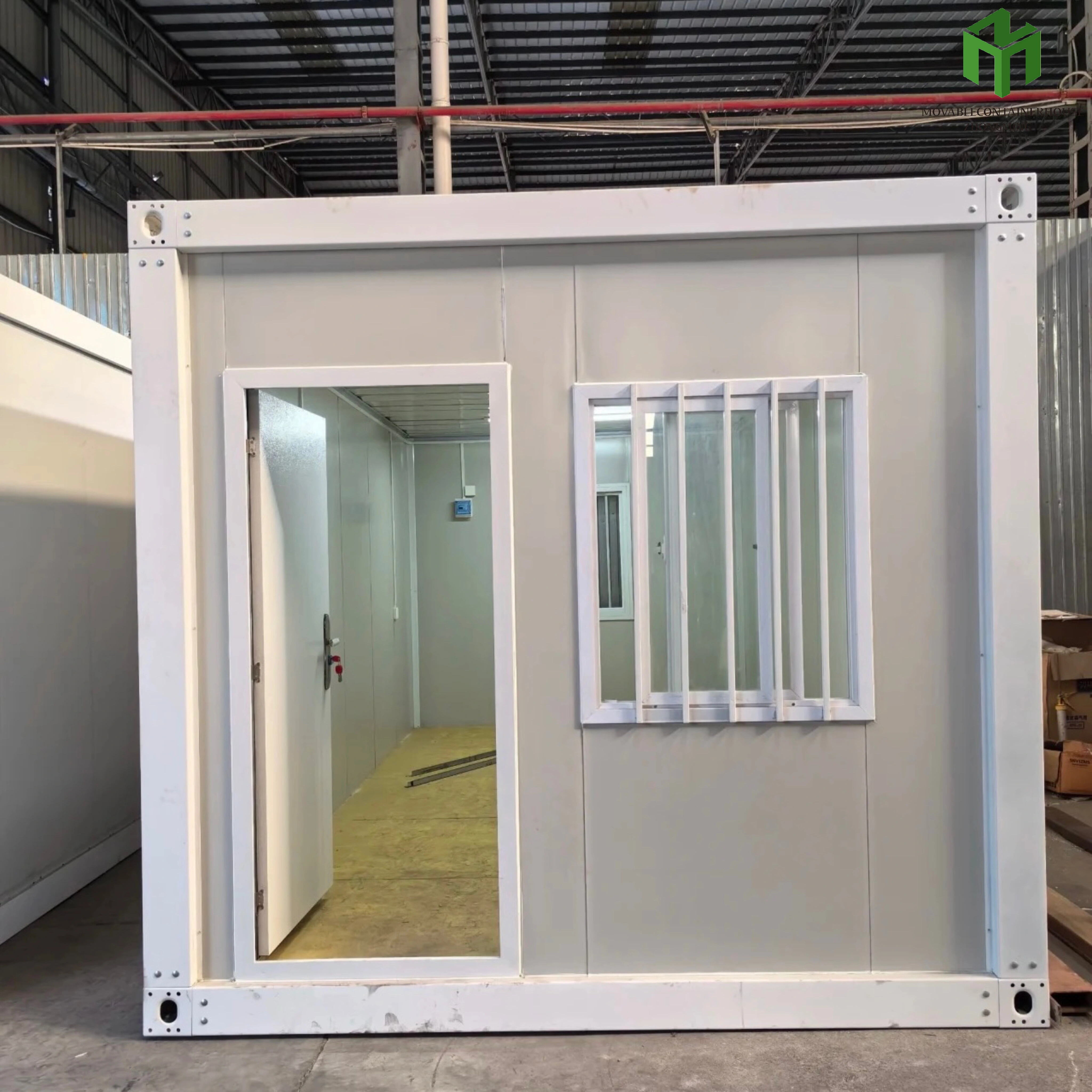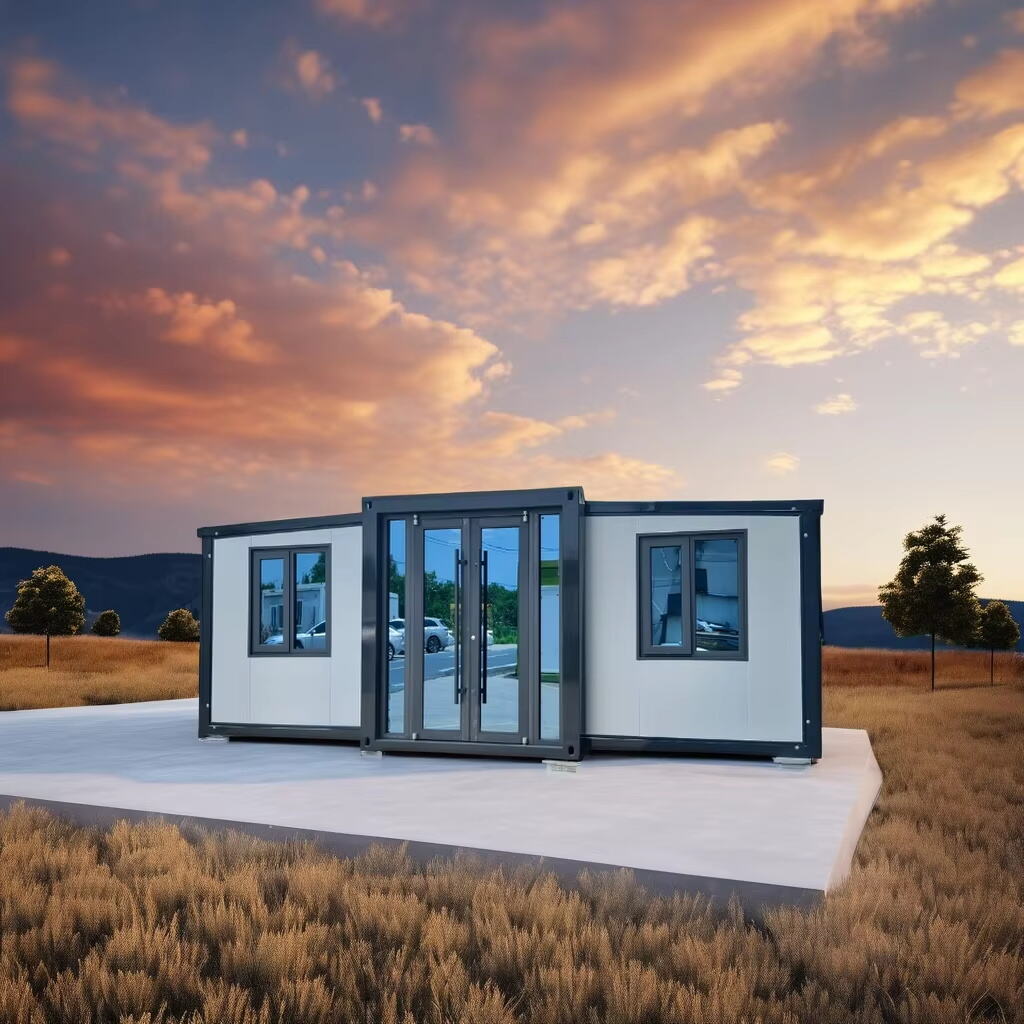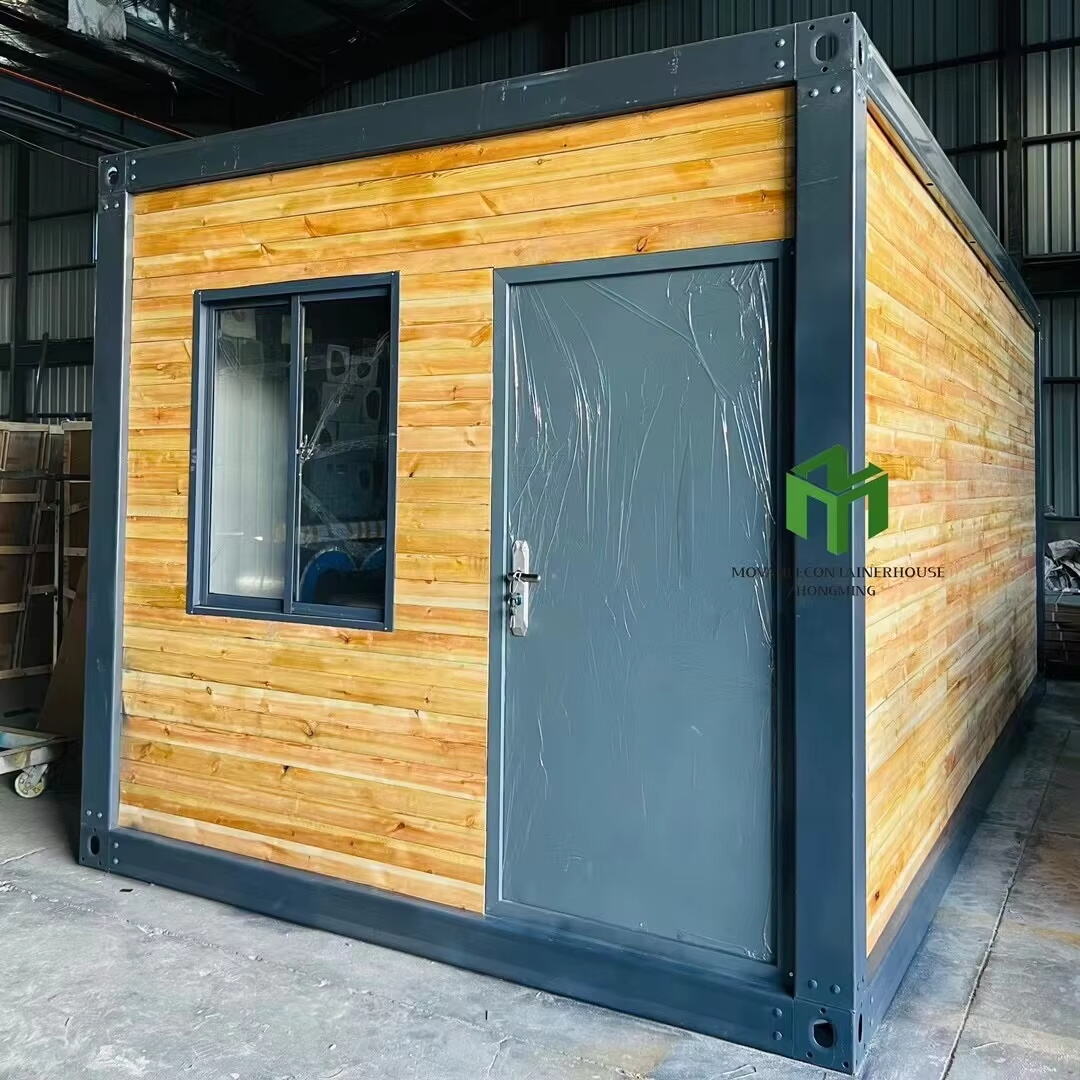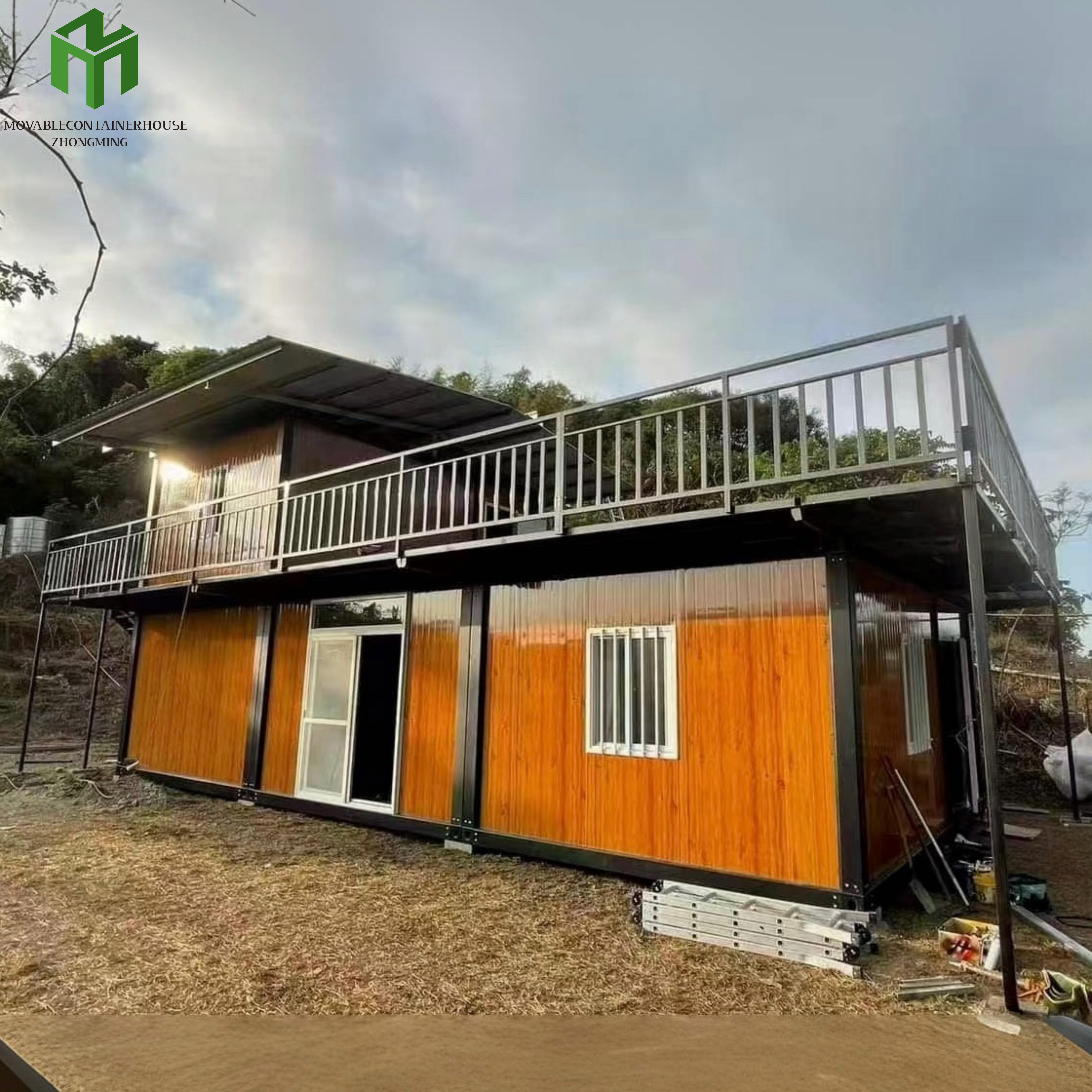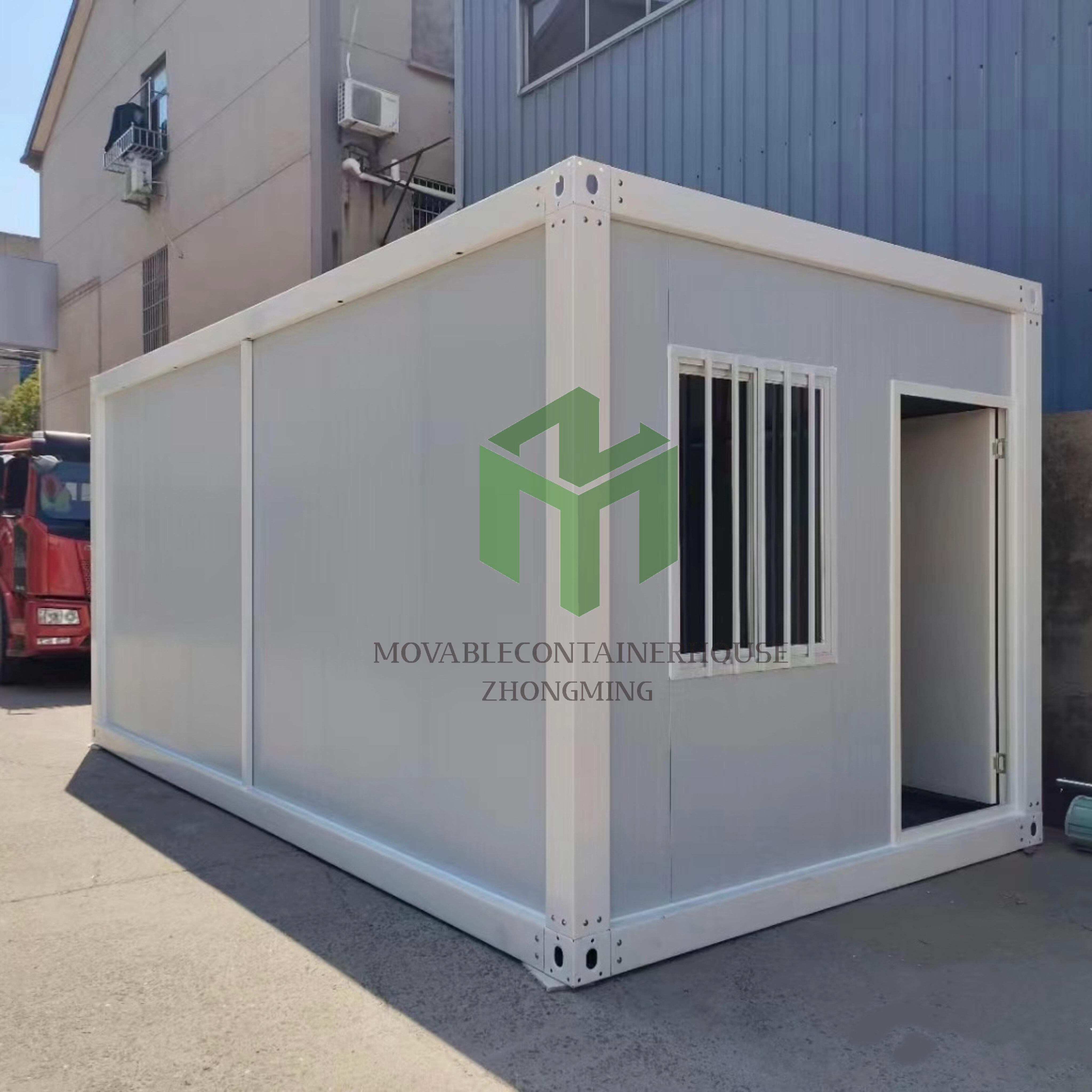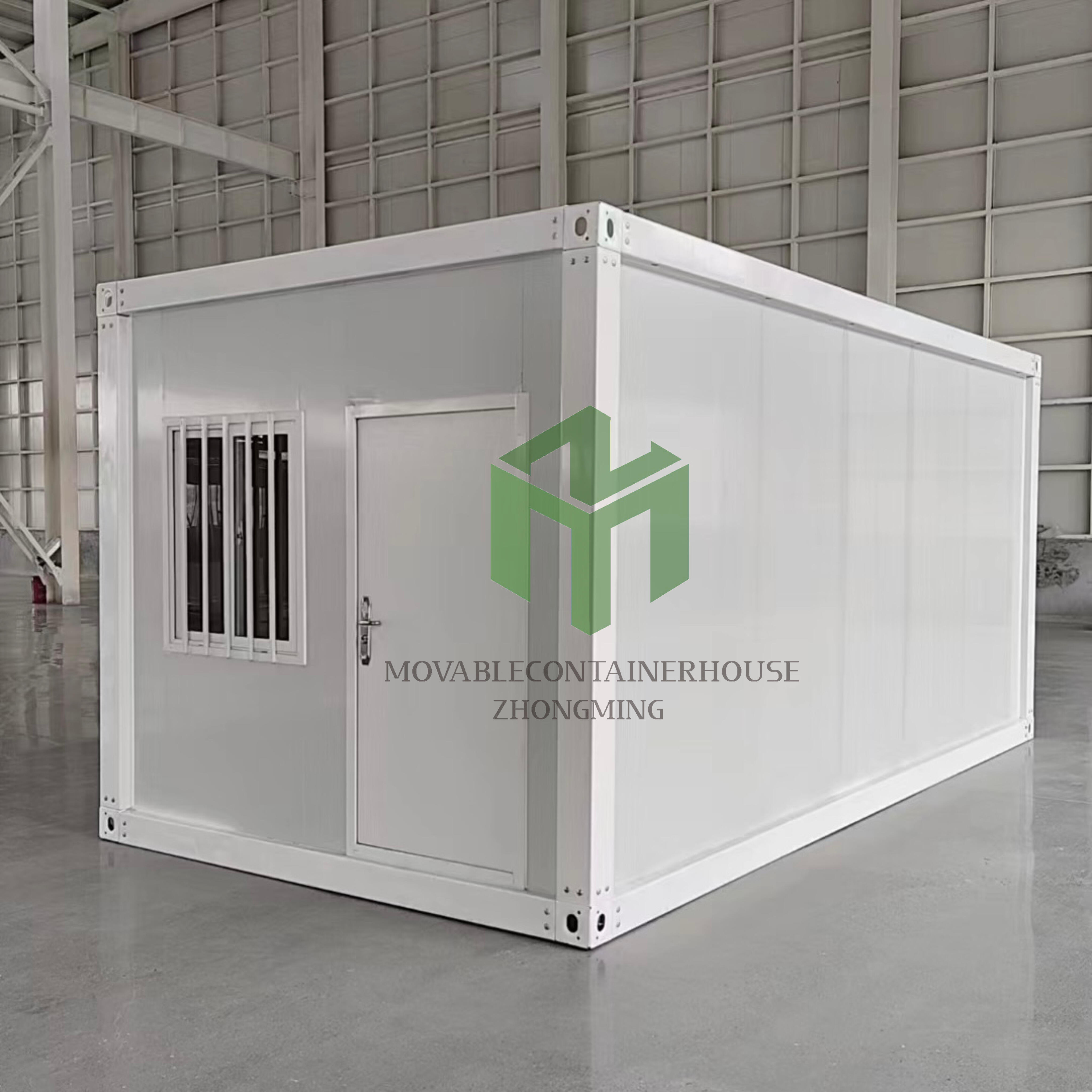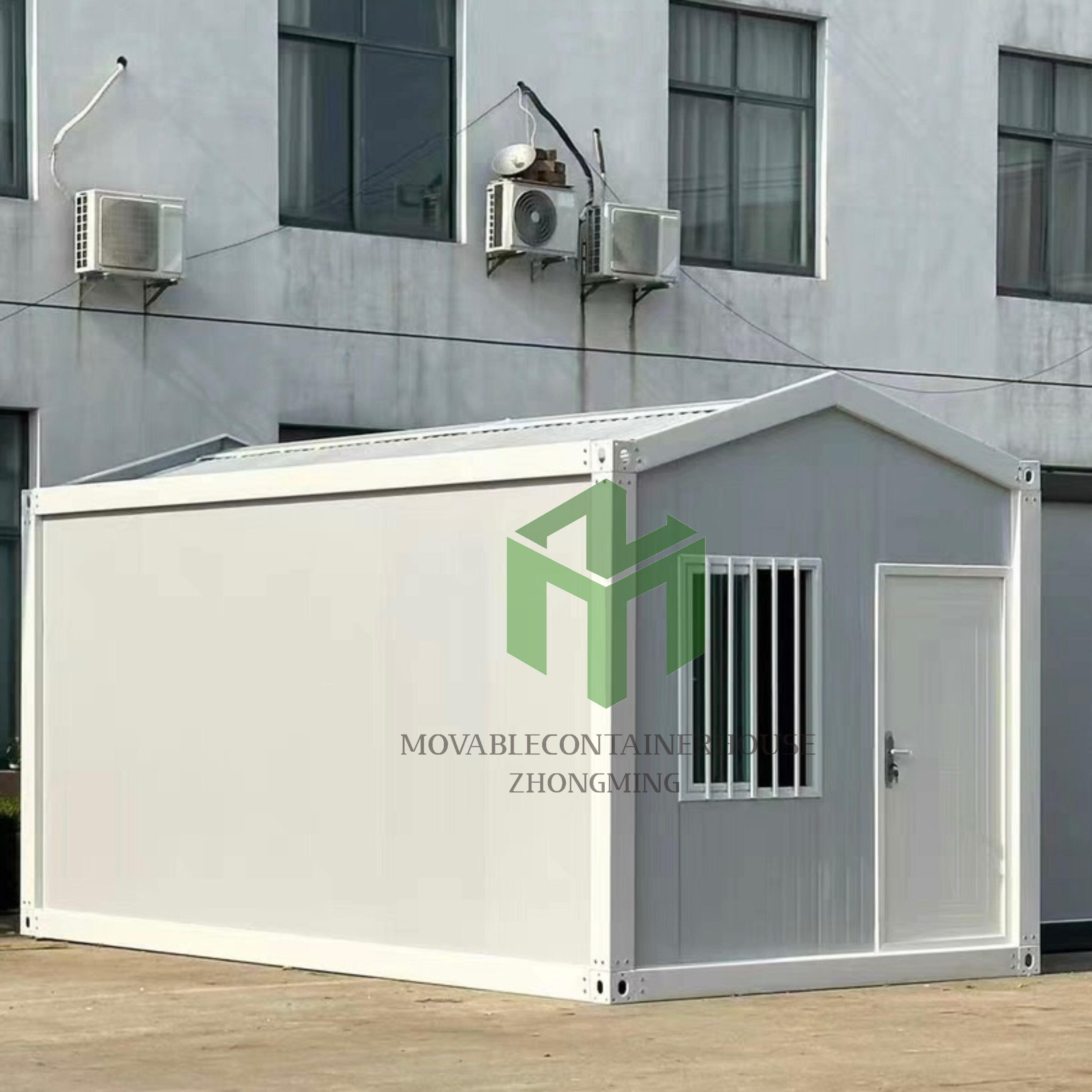sea container buildings
Sea container buildings represent an innovative approach to modern construction, transforming shipping containers into versatile architectural spaces. These structures utilize standardized shipping containers as their primary building blocks, offering a sustainable and cost-effective solution for various applications. The containers undergo careful modification, including proper insulation, ventilation systems, and structural reinforcement to meet building codes and comfort requirements. These modifications transform industrial-grade steel boxes into functional spaces suitable for residential, commercial, and temporary facility purposes. The buildings can be single units or complex multi-container structures, featuring custom windows, doors, and interior finishes. Advanced technological features include smart climate control systems, energy-efficient lighting, and modern connectivity solutions. The construction process involves precision cutting for openings, welding for structural integrity, and comprehensive weatherproofing. These buildings can be equipped with solar panels, rainwater collection systems, and other sustainable technologies, making them both environmentally friendly and self-sufficient. The versatility of container buildings allows for rapid deployment in various settings, from urban developments to remote locations, serving as offices, homes, schools, clinics, or emergency response centers.





